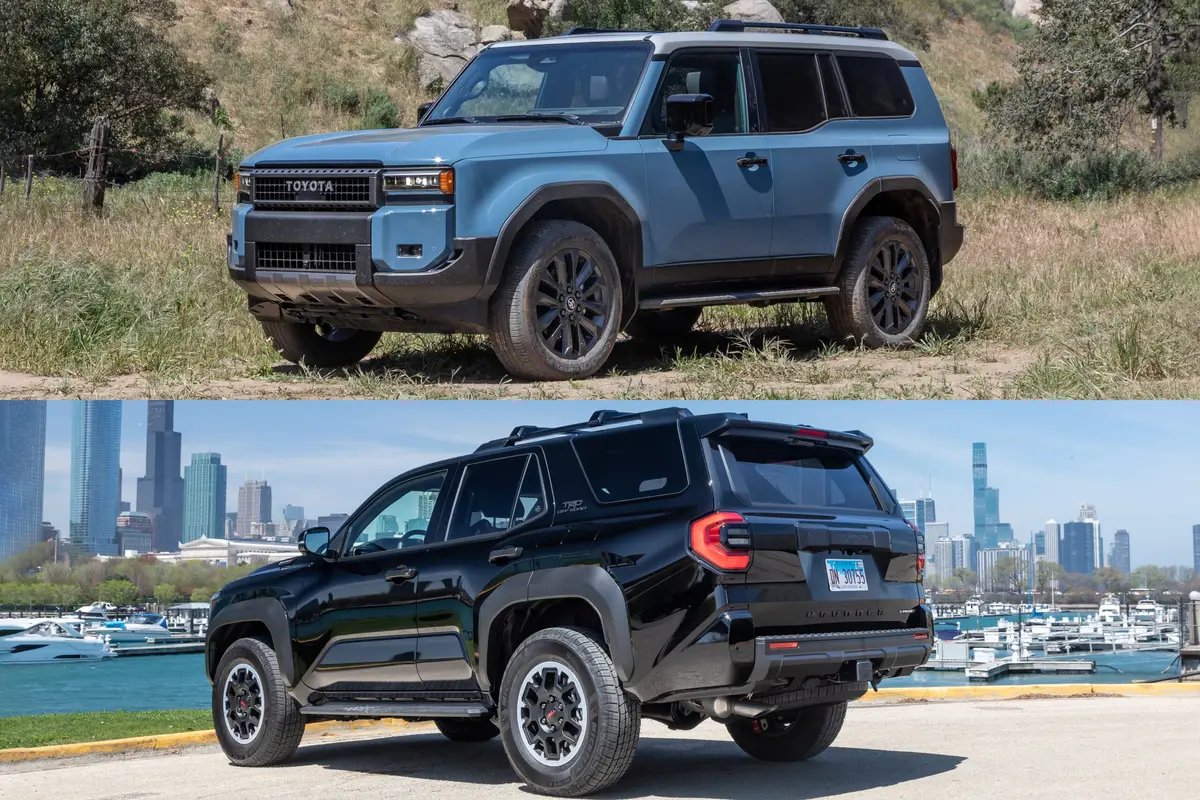Is the 2023 Hyundai Ioniq 6 a Good Electric Vehicle? 4 Pros and 3 Cons

Hyundai’s latest offering in a growing lineup of electric vehicles is the Ioniq 6, a mid-size sedan with seating for five, wrapped in a boldly styled, distinctive package. For that alone, the automaker deserves credit in a marketplace chock full of SUVs.
Related: 2023 Hyundai Ioniq 6 Review: All About That Flow, Buddy
Its looks alone may be enough to draw buyers to the Ioniq 6, particularly those who fall into the dwindling category of drivers who still prefer a sedan, but that slippery shape comes at a cost in interior room and practicality.
Styling aside, the Ioniq 6 has plenty of other things going for it. Loaded with tech, enjoyable to drive and efficient with competitive range, the Ioniq 6 makes an appealing alternative to rival EVs like the Polestar 2 and the Tesla Model 3. Buyers can choose from either rear- or all-wheel drive.
Cars.com reviewer Aaron Bragman traveled to Scottsdale, Ariz., to put a new Ioniq 6 through its paces in a variety of driving conditions. (Per our ethics policy, Cars.com pays for its own airfare and lodging when attending such manufacturer-sponsored events.) You can read his complete expert review by clicking the link above, or for a quick peek at four things we like about the 2023 Hyundai Ioniq 6 and three things we don’t, read on.
Things We Like

1. Slippery Shape
More than just lending a distinctive look, the shape of the Ioniq 6 contributes to efficiency with a very low 0.22 coefficient of drag when equipped with 18-inch “aero” wheels and tires. Combined with a smooth underside and other styling tricks, the result is increased range and a quieter cabin with virtually no wind noise.
2. Attractive Interior
The cabin is just as modern and stylish as the exterior, with a functional design and quality look and feel. The sleek dashboard is dominated by a 12.3-inch center touchscreen and matching digital instrument display; both are reconfigurable and easy to operate. Touch-sensitive controls located below the center screen are used for climate functions, and while we’re not always a fan of these, the ones in the Ioniq 6 work well and are easy enough to use.
3. Long Ranger
Two available battery packs include a 53-kilowatt-hour unit in standard-range models and a more robust 77.4-kWh battery in long-range versions. Our test car was a top-spec Limited AWD Long Range with the larger battery and 20-inch wheels, good for a claimed 320 horsepower and 270 miles of range. We saw an impressive 3.6 miles per kWh during the course of a day with some aggressive driving. Better still, all Ioniq 6 models have 400/800-volt DC fast-charging capability, allowing for a 10%-80% charge in as little as 18 minutes.
4. Comfortable Cruiser
With 320 hp on tap, our dual-motor Limited trim test car delivered quick and effortless acceleration, with little noise and no drama. An agreeable balance of responsive handling and a compliant suspension make for an entertaining drive on twisty roads and a comfortable ride for all-day cruising. The brakes are more than up to the job, too, with a firm and communicative pedal and four levels of regenerative braking — the most aggressive of which allows for one-pedal driving.
More From Cars.com:
- Hyundai Announces Pricing for 2023 Ioniq 6 EV Sedan, Starts at $42,715
- Up Close With the 2023 Hyundai Ioniq 6: The Latest Ioniq Swoops In
- Electric Cars With the Longest Range
- Here Are the 11 Cheapest Electric Vehicles You Can Buy
- Top 10 Most Efficient Electric Cars
Things We Don’t Like

1. The Price of Style
That racy profile unfortunately impacts headroom, particularly in models with the optional moonroof. While there’s adequate room for two passengers up front, rear-seat passengers pay a greater price. In the back, the sloping roofline further cuts into headroom, and the underfloor battery pack results in a raised floor and seating position that just makes matters worse. On top of that, there’s no room for passengers in the rear to slide their feet under the front seats due to that space being taken up by electronics and other components.
2. Tech Oddities
For all its high-tech goodness, an odd omission in the Ioniq 6 is the lack of wireless connectivity for Android Auto and Apple CarPlay — both require a cable instead. There’s also no head-up display, something typically found with competing models in this price range. A less glaring idiosyncrasy but still an odd choice on the part of designers is that the window and door lock buttons are located on the central console rather than on the doors. While not a deal breaker, they do take some getting used to.
3. No Tax Break
A base Ionic 6 SE Standard Range with RWD starts at $42,715 (all prices include destination), which is competitive for the category. Prices top out at $57,215 for a Limited with the long-range battery and AWD. However, no version of the Ioniq 6 is eligible for a federal tax incentive, something that can shave a substantial bit off the cost of entry and is available with a Model 3.
Related Video:
Cars.com’s Editorial department is your source for automotive news and reviews. In line with Cars.com’s long-standing ethics policy, editors and reviewers don’t accept gifts or free trips from automakers. The Editorial department is independent of Cars.com’s advertising, sales and sponsored content departments.
Featured stories



